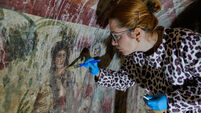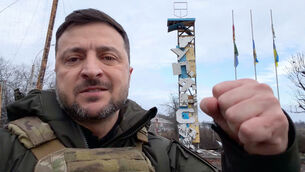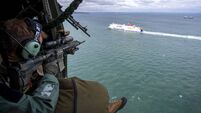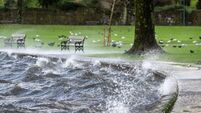‘There are bodies littering the streets, crushed under rubble’
Some screamed from inside collapsed buildings. One woman used her cell phone to call her children to say goodbye. Others tapped on the rubble to communicate with those on the outside.
Search teams using dogs, heavy cranes and earth movers worked through dawn Wednesday in Christchurch, trying frantically to pull away crumbled concrete, twisted metal and huge mounds of brick to free survivors.














